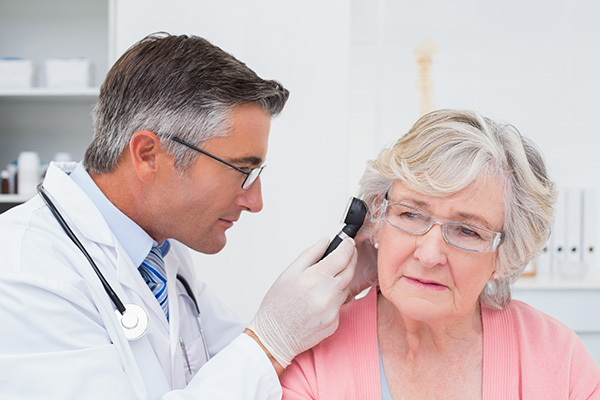Different Types of Ear Protection
Sound is measured in decibels (dB). The higher the dB, the louder the


Sound is measured in decibels (dB). The higher the dB, the louder the

The typical setting for an audiologist is in their own clinic, surrounded

Earmolds can be very useful to hearings aids. In fact, many hearing aids